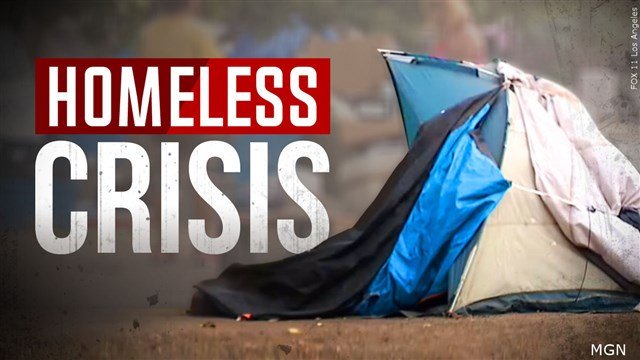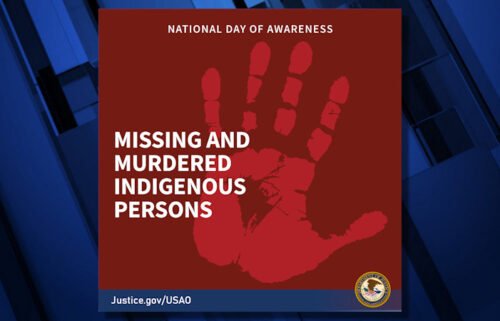Kotek launches emergency response infrastructure to implement homeless state of emergency

SALEM, Ore. (KTVZ) – In a significant step following her executive order declaring a homelessness state of emergency (EO 23-02), Governor Tina Kotek kicked off the first meeting Friday of the regional multi-agency group that will support the emergency response in the Portland metro region.
The meeting was held virtually due to ongoing weather conditions, according to a news release, which continues below.
On January 10, Governor Kotek declared a state of emergency in regions of the state that have experienced an increase in unsheltered homelessness of 50% or more from 2017 to 2022. She directed the Oregon Department of Emergency Management (OEM) and the state housing agency (OHCS) to support the establishment of Multi-Agency Coordinating groups in emergency areas that will serve as the core infrastructure of the emergency response, also known as “MAC groups.”
Local MAC groups include representatives from local jurisdictions, public housing authorities, local homelessness agencies, rapid rehousing service providers, shelter developers and operators, landlord associations and behavioral health providers. MACs are being set up in each continuum of care, in addition to the Metro regional MAC, and will deliver the emergency response:
- Metro region
- Multnomah County
- Washington County
- Clackamas County
- Central Oregon
- Eugene, Springfield and Lane County
- Medford, Ashland and Jackson County
- Salem, Marion and Polk counties
These MAC groups will provide the planning, coordination, and operational leadership that will bring real, measurable improvements on the ground. They will be responsible for the day-to-day implementation of funds, working with both landlords and unsheltered people in their communities to help move individuals and families into housing stability.
“Everyone at this table is already working hard to reduce homelessness. What today’s meeting really represents is a surge in urgency, coordination, and discipline to bring multiple jurisdictions together to achieve specific outcomes,” Governor Kotek said. “It will take all of us working together to make the progress Oregonians are demanding.”
Governor Kotek has directed the MAC groups, OHCS, and OEM to develop plans and administer funds in order to achieve the following goals by January 10, 2024:
- Prevent 8,750 households from becoming homeless statewide;
- Add 600 low-barrier shelter beds in emergency areas; and
- Rehouse at least 1,200 unsheltered households in emergency areas.
MAC groups in each emergency area will submit a community plan to address the specific needs of people experiencing unsheltered homelessness within the service region, in alignment with the goals of the emergency order. The state is offering technical support to all jurisdictions identified in the Governor’s executive order to ensure they have the support needed to accomplish this work.
This work depends on the Legislature acting quickly to pass the targeted investment that the governor has proposed. Her $155 million proposal will provide additional investments for communities in every corner of Oregon, while also allowing our limited emergency management infrastructure to focus on delivering targeted results in areas with the highest increases in unsheltered homelessness.



